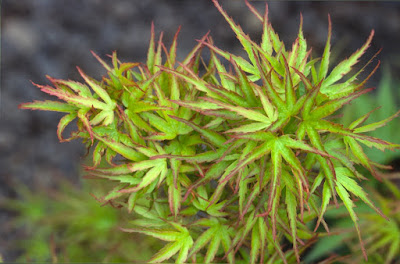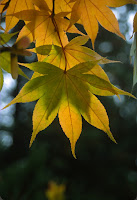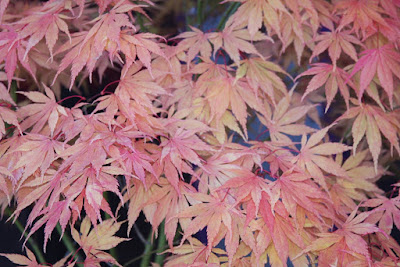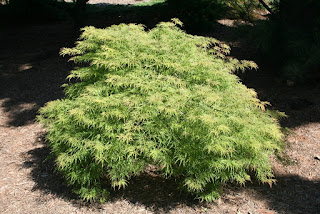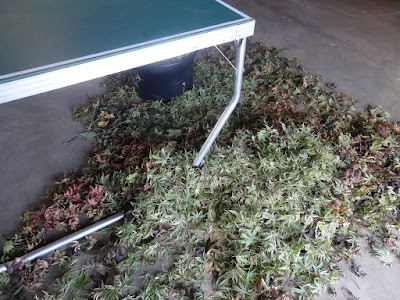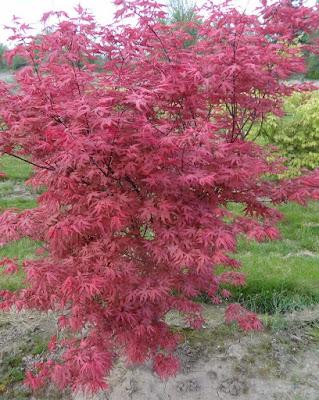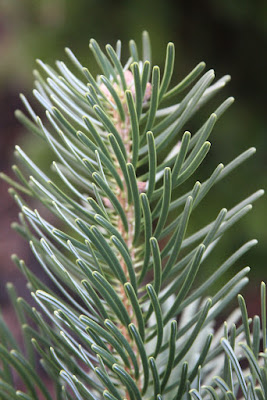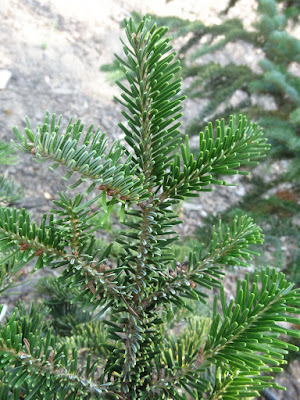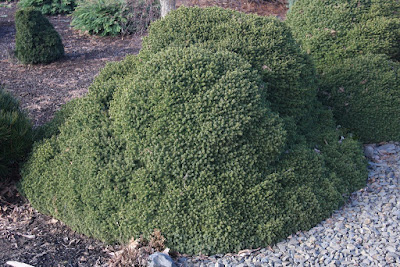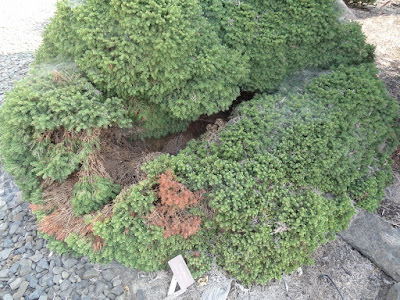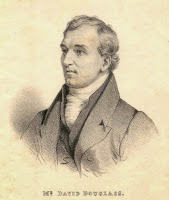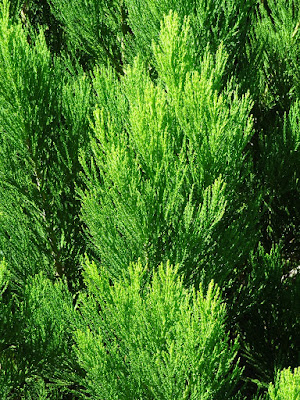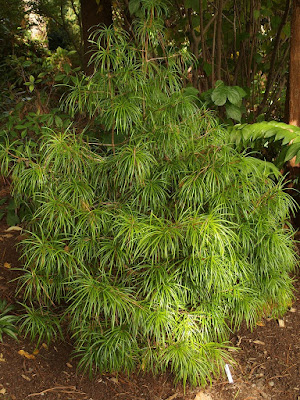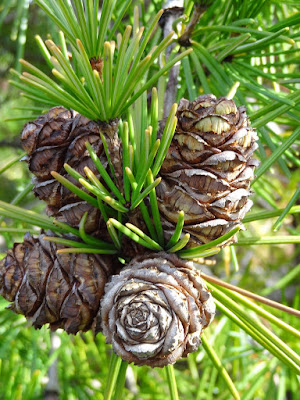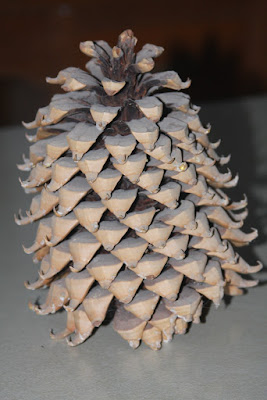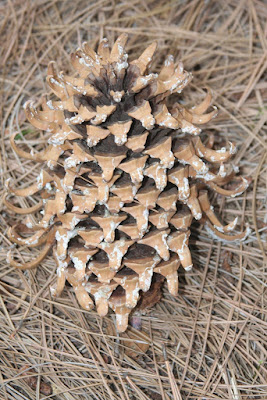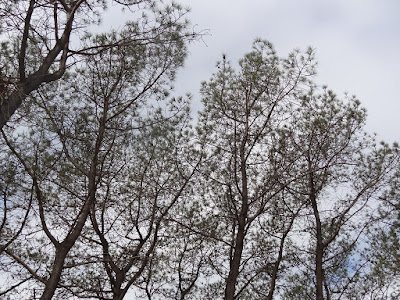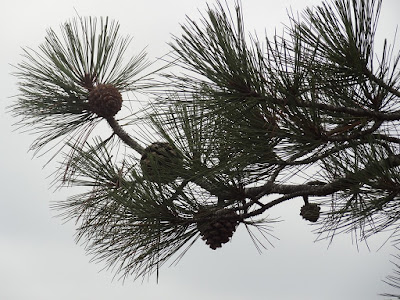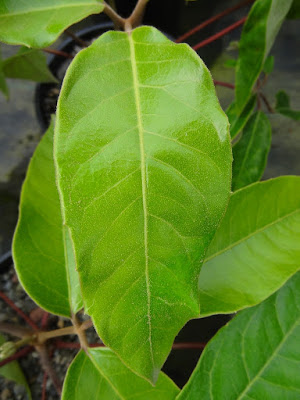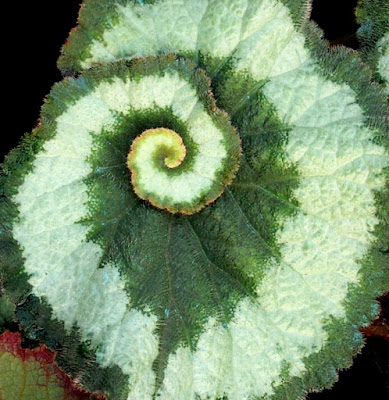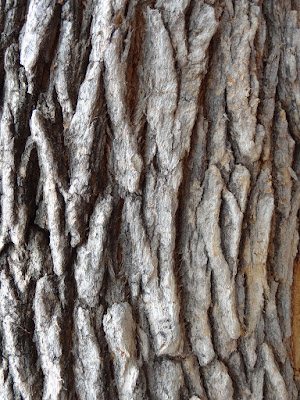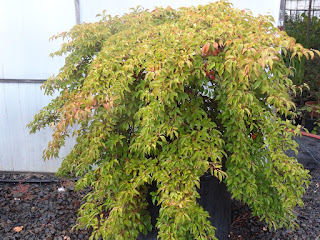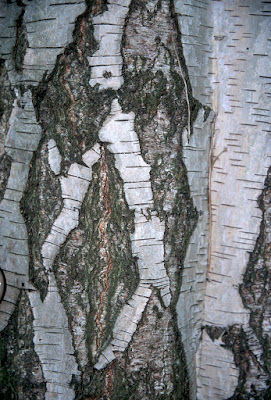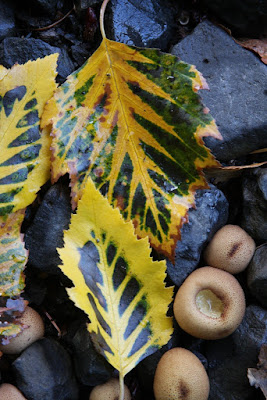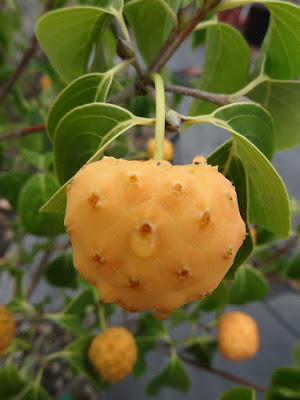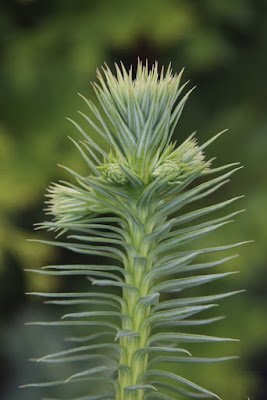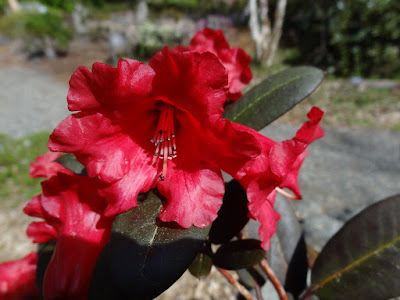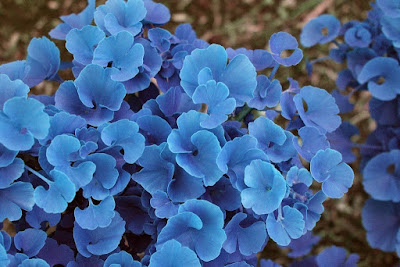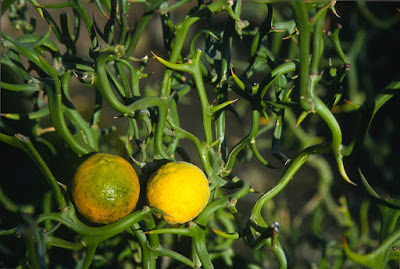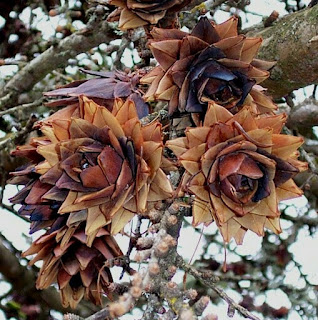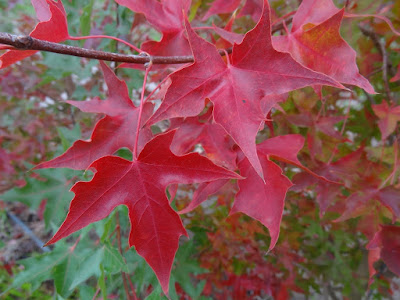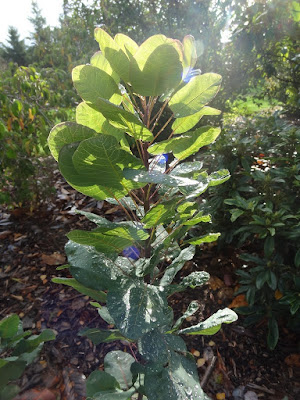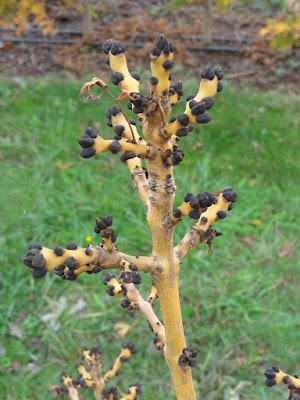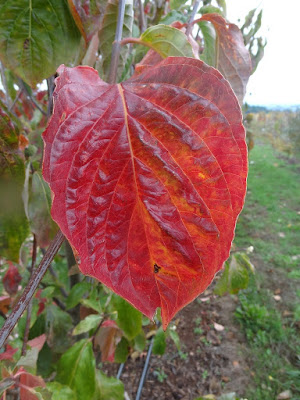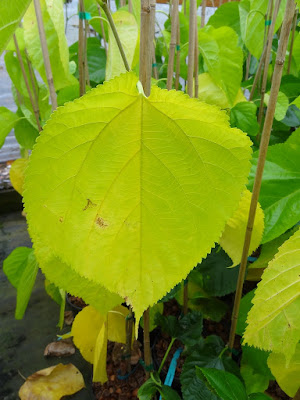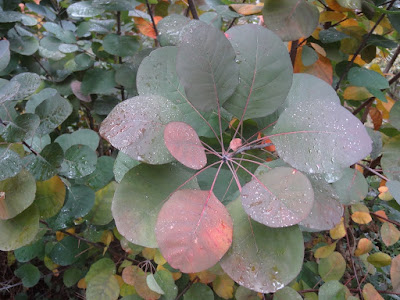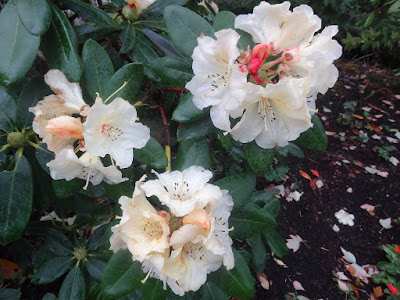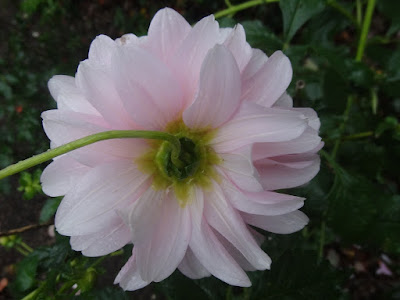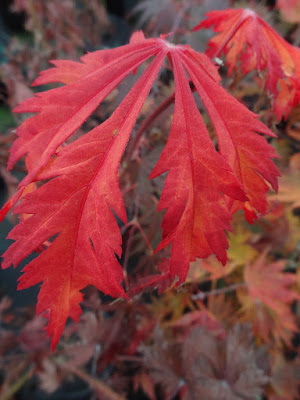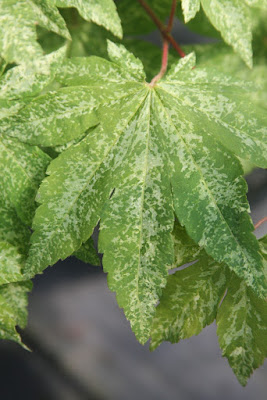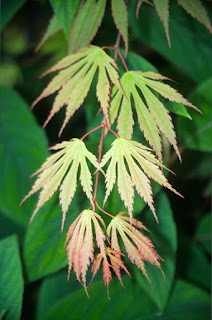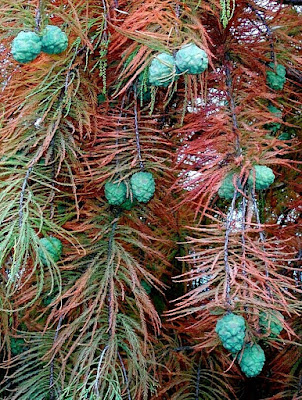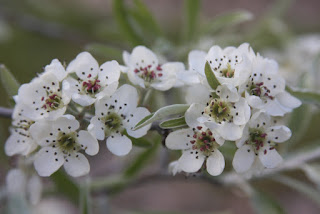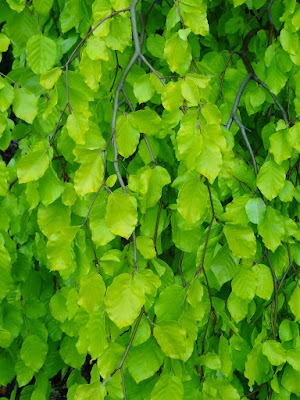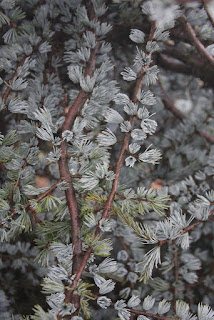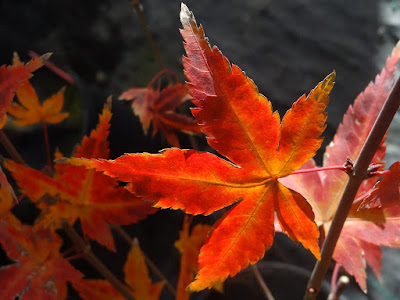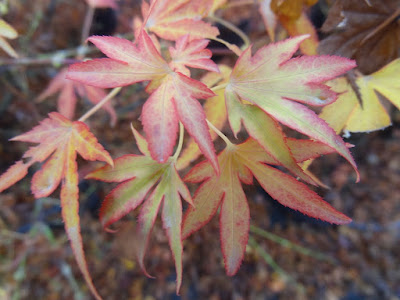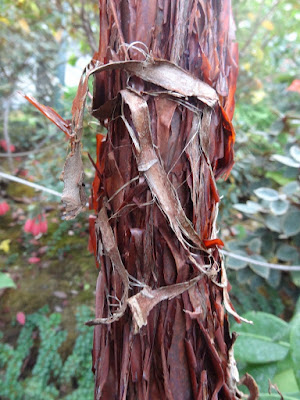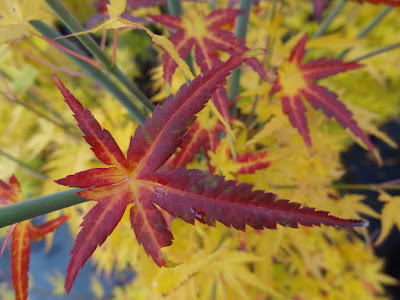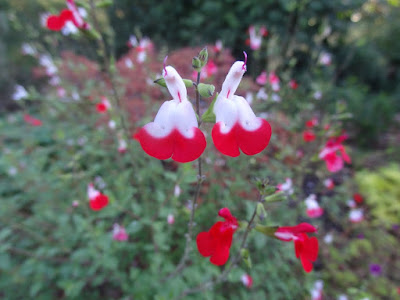I used to be a peddler of birches, back when Betula jacquemontii, now Betula utilis var. jacquemontii, was popular. There's not much of a market for them now, either that or someone else is producing them for a cheaper price. The Betula genus contains about 35 species and I have been fortunate to see many in the wild. My Flora Farm location has a section named FFBetulawith about 20 different specimens scattered with other interesting plants, none of them with the necessary space to give them their full due.
![]() |
| Betula utilis at 15,000' elevation |
![]() |
| Buchholz with Betula utilis at 10,000' |
B. utilis, or the useful birch, is a variable species native to the Himalayas, with some stands exceedingly handsome at the lower elevations...to scrappy shrubs at the timberline. The photo above is from northern India at about 10,000' elevation, and it shows old man Buchholz when he was in his prime. The bark on B. utilis was used in ancient times for writing Sanskrit scriptures and texts, and I even mailed a bark postcard to myself from Srinagar, Kashmir with the message, "Congratulations, you made it home." I waited in line at the post office for a half hour to get my stamp, but it took only eight days to make it (intact) to America, and that feat impressed me. The utilis species was first collected by Nathaniel Wallich in Nepal in 1820, and was described by David Don in 1825. Don was a Scottish botanist who described a number of conifers, and he also named the orchid genus Pleione.
![]() |
| Betula calcicola |
![]() |
| Narcissus |
The rarely seen B. calcicola is a shrub that I collected in northwest Yunnan over 20 years ago, and my dense tree is about 10' tall now. It roots easily from softwood cuttings under mist in summer, but since nobody knows it sales are timid. At one point it was named B. forrestii var. calcicola, indicating that George Forrest – who collected in the area – might have found it, but according to Hillier it was introduced by Roy Lancaster in 1986. In any case it is a pretty bush with small rich-green leaves with prominent veins. The specific name is from Latin calcareus meaning "lime" and cola meaning "dweller" or "inhabitant," and there are other plants with the same specific name such as Cycas and Narcissus. Wandering further, narcissus is from Greek narkissos, and that from narke for "numbness," and it shares the same root as narcotic.
Betula utilis 'Yunnan'
...but back to birches. In the same general area as B. calcicola I found a B. utilis – I guess that's what it was – with an amazing coppery trunk. It was never an official cultivar but I called it 'Yunnan' and propagated it by grafting onto Betula pendula. It grew to an immense size, but the only part that looked good was the trunk. Feeling that it was a liability to the overall appearance of the garden, I issued orders for its removal. We edit trees from time to time because they nag my brain and I eventually take action. My employees must wonder what gets into me, but to my mind we receive addition by subtraction, just as with terminating poor employees or customers. We cut 'Yunnan' down without grafting any to keep on the "ark," and now I kind of regret my decision, especially since I now have a Betula section. But thanks for the memories.
![]()
Betula lenta var. uber
I had never seen B. uber before my trip to North Carolina two years ago, and the specimen above was photographed in the North Carolina State Arboretum. Hillier suggests that B. lenta, the "Cherry birch" is the specific name, with var. uber commonly known as the "Virginia roundleaf birch." To quote from The Hillier Manual of Trees and Shrubs, "Although described in 1918 this [uber] form was not refound until as recently as 1974, as a small population of only 17 trees. Differs from the species in its smaller stature..." The specimen at the arboretum had a gigantic stature, assuming that the label was correct. I don't know how uber received its name. In German it means "over," but Latin ubertasis the word for "fertile," which I take to mean that it is loaded with seed, so then one wonders why the wild population contains only 17 trees?
![]() |
| Betula albosinensis var. septentrionalis |
![]() |
| Felled tree at Rhododendron Species Garden |
Betula albosinensis can be a beautiful species, but with no two trunks colored the same. Scions of the tree photographed above came from the late Dr. Corbin garden, but his specimen had different colors than my own, and I wondered if my use of B. pendula rootstock had any influence. The photo of the albosinensis that was taken at the Rhododendron Species Garden in Washington state was actually a portion of a tree they had cut down. It was lying ornamentally along the path, perhaps their gesture to impress me, but I wonder why it was executed. You'll occasionally find a B. albosinensis var. septentrionalis, with this group indicating that it comes from the northernmost portion of its Chinese range. Septentriolis the word describing the constellation which contains the "Big Dipper" (or "Plough") which dominates the sky of the north. Not that Australia contains any birches, but the word australis is derived from Latin meaning "southern," and dates to 2nd-century legends of an "unknown southern land," AKA terra australis incognita.
![]() |
| Betula austrosinensis |
Again, back to birches. Let's go to B. austrosinensis, endemic to southern China in forests from 2-6 thousand feet in elevation. The photo above was taken...where?, at Far Reaches Farm? – you know, the folks who actually do reach quite far for new and interesting plants. I don't remember; maybe from somewhere else, and actually I know very little about the species except I like the reddish new growth which reminds me of the multitude of non-hardy Chinese Acer species. I don't even know if austrosinensis is hardy in Oregon since it also resides in Vietnam, a country that I was fortunate to have not visited in the late 1960's. Instead of administering napalm to innocents, I was destined to become a grower of plants and raise five wonderful children.
![]() |
| Betula x borggreveana |
Let's face it, a few birches display some canopy charm, such as with B. pendula, but for the most part they are admired for their trunks. B. borggreveana is a trunk-birch with very little else going for it. It originated in cultivation in Germany as a hybrid between B. papyrifera and B. pumila, for it seems that all of the Betula species are willing to jump into bed with each other. Actually I should name it: Betula x borggreveana as it is a cross. Bernard Borggreve was a German professor of botany at the Institute for Forest Botany in Hannoversch-Münden. When the (somewhat crabby) Borggreve's courses in botany were to be delegated to a private lecturer, he quit and wrote, "Starting with the coming semester and probably for the rest of my life I would be reduced to the lost position of a zoologist in which I see for the future only a thoroughfare post for young lecturers or a refuge for the unaccepted." Yikes, what a shame to name this hybrid birch after such a woeful German botanist, and I'm sorry to bring the whole thing up. Really, it is not a remarkable birch, one of those species of BIO plants – Botanical Interest Only – with which I occasionally indulge.
![]() |
| Betula apoiensis 'Mount Apoi' |
Betula apoiensis 'Mount Apoi'
B. apoiensis 'Mount Apoi' has finally touched canopies with Davidia involucrata 'Platt's Variegated' and I don't know what to do. Cut down the birch or cut down the dove tree, or do nothing and let them ruin each other? I love them equally so Talon's choice might be made after drinking a couple of beers. 'Mount Apoi' is listed by the Hillier 2014 edition as species apoiensiswhen I've understood for many years that it was B. ermanii 'Mount Apoi', but I'm sure it's wise to defer to England when it comes to plant classification. An older Hillier edition doesn't list apoiensis at all, but does mention B. ermanii subcordata. The new edition does not list subcordata. Confused? Maybe TMI (too much information) as my children say. Anyway, Hiller says the two species are closely related. Mount Apoi is in Hokkaido, Japan's northernmost island. It only rises to 2,658 (810 meters), but still contains alpine plants, and in 2015 it was designated a UNESCO Global Geopark. The area is also known for Periotites, the plutonic* rock in the upper part of the mantle. Back to the birch, as with B. utilis, Betula apoiensis is a variable species, meaning that seed should be collected from a particularly nice form; but in the case at Buchholz Nursery 'Mount Apoi' has already been selected, so we used to propagate that superb clone by grafting onto B. pendula.
*Plutonic rocks have solidified from a melt at great depth, as Pluto was the Roman god of the underworld.
![]() |
| Betula ermanii |
![]()
Betula ermanii
![]() |
| Betula ermanii 'Grayswood Hill' |
I'll devote a few words to B. ermanii now, for I had a nice specimen along the main road into the nursery, but it too was a victim of my overplanted garden. The photo of 'Grayswood Hill' was taken in England, at Wisley I think. Hillier says it was selected for its excellent white bark. I see a good deal of orange in the photo, and my seedling tree did also. The ermanii species is native to the northeast Asian countries of China, Korea, Japan and the Russian Far East, and in Oregon it is a fast-growing species with a graceful canopy. One of the highlights of fall, I recall, was the beautiful golden heart-shaped leaves, and the clear color rivaled those of the Ginkgoes. It was also one of the first of my deciduous trees to leaf out in spring. A great tree – maybe I should get one again.
![]()
Betula costata
Also from northeast Asia resides B. costata, a large tree that can reach 100', and usually with a straight trunk. The trunk features cream-white bark with orange-brown markings and exfoliates fantastically. A common name is "Golden birch" because of the outstanding golden fall color. This species has been considered B. ermanii var. costata before, but these days it has been given the higher rank thanks to botanist Ernst von Trautvetter (1809-1889). I wonder if hybrids exist in the wild which may cause a kerfuffle with botanists. In any case the name costata does not mean that it comes from the "coast," but rather from Latin meaning "ribbed" due to the prominent veins on the leaf. Hillier does not recommend it for Britain because it leafs out early and can be damaged by a late frost, but in my experience it can survive the damage as it matures.
![]()
Betula pendula
![]() |
| Betula pendula golden seedling |
B. pendula, from Europe, is commonly grown in America. I love and hate the species – sometimes the trunk is interesting, yellow and orange leaves can persist until December, and the graceful outline of the tree can present a nice show in winter. But, the damn thing can grow to a huge size, in summer it can be infested with aphids and you certainly don't want one near a septic system. The first thing I did when I bought the nursery property was to cut one down that met the above criteria. Then when I bought the Flora Farm property, I cut one down there too. So if B. pendula is sited wisely I don't have a problem with it. In the early years we had a chance seedling come up in the greenhouse with a delicious golden color. I raised it indoors and everyone admired it, and I eventually propagated a few. These were planted out – in the real world – but by August they were so scorched that I cut them all down. So, another reason why I hate the species.
![]() |
| Betula pendula 'Trost's Dwarf' |
A B. pendula cultivar that I do admire is 'Trost Dwarf', selected at Southern Oregon Nursery by Dieter Trost. It features finely cut leaves on thin arching branches, and is particularly attractive in May. My oldest specimen is about 25 years old, 8' tall by 10' wide, and was planted too close to the path. I'm not going to cut it down – for once – but I will have to keep it pruned back. Its trunk is sturdy, and of a white-gray color but not at all attractive. In the old days when we took custom graft orders, one year we raised 800 plants, a number that seems preposterous now. We discontinued propagation because 'Trost Dwarf' would defoliate by July in the Mid and East Coast climates. Anyway today my oldest tree is my only tree.
![]()
Betula nigra 'Fox Valley'
![]() |
| Betula nigra 'Shiloh Splash' |
B. nigra, the "River Birch," is notable for its exfoliating orange and brown bark. It is native to the eastern half of America, often growing in damp areas or along rivers. It is a fast-growing species and one of the most disease-free of the birches. My two specimens are planted down by the creek at the edge of the dark woods, so they are tilting northerly reaching for the light. Actually these two are supposedly a more dwarf form named 'Fox Valley', but they are nearly 30' in only 20 years. Native Americans used to boil the sap as a sweetener and eat the inner bark as a survival food, and maybe the sweetener was poured over the bark to make it somewhat palatable. A showy cultivar is 'Shiloh Splash' which has white/green variegated leaves that can take full sun. Occasionally a solid green branch will develop that should be removed. We prune 'Shiloh Splash'– usually in half each year – to keep it compact and more colorful. It is ten to twelve years old and its bark now exfoliates, making it an attractive winter tree. Another interesting cultivar is 'Summer Cascade' which weeps; I was given one once but I honestly don't know where it is... so perhaps it died.
A Robert Frost poem called Birches ends with the line, "One could do worse than be a swinger of birches." Back when I grew birches to sell I said, "One could do worse than be a seller of birches." To sell or not to sell:
![]() |
| Robert Frost |
"Two roads diverged in a yellow wood...
I took the one less traveled by,
And that has made all the difference."
For those who don't know the Birches poem, I will leave it with you. If you do know it read it again for you have changed.
When I see birches bend to left and right
Across the lines of straighter darker trees,
I like to think some boy's been swinging them.
But swinging doesn't bend them down to stay
As ice-storms do. Often you must have seen them
Loaded with ice a sunny winter morning
After a rain. They click upon themselves
As the breeze rises, and turn many-colored
As the stir cracks and crazes their enamel.
Soon the sun's warmth makes them shed crystal shells
Shattering and avalanching on the snow-crust—
Such heaps of broken glass to sweep away
You'd think the inner dome of heaven had fallen.
They are dragged to the withered bracken by the load,
And they seem not to break; though once they are bowed
So low for long, they never right themselves:
You may see their trunks arching in the woods
Years afterwards, trailing their leaves on the ground
Like girls on hands and knees that throw their hair
Before them over their heads to dry in the sun.
But I was going to say when Truth broke in
With all her matter-of-fact about the ice-storm
I should prefer to have some boy bend them
As he went out and in to fetch the cows—
Some boy too far from town to learn baseball,
Whose only play was what he found himself,
Summer or winter, and could play alone.
One by one he subdued his father's trees
By riding them down over and over again
Until he took the stiffness out of them,
And not one but hung limp, not one was left
For him to conquer. He learned all there was
To learn about not launching out too soon
And so not carrying the tree away
Clear to the ground. He always kept his poise
To the top branches, climbing carefully
With the same pains you use to fill a cup
Up to the brim, and even above the brim.
Then he flung outward, feet first, with a swish,
Kicking his way down through the air to the ground.
So was I once myself a swinger of birches.
And so I dream of going back to be.
It's when I'm weary of considerations,
And life is too much like a pathless wood
Where your face burns and tickles with the cobwebs
Broken across it, and one eye is weeping
From a twig's having lashed across it open.
I'd like to get away from earth awhile
And then come back to it and begin over.
May no fate willfully misunderstand me
And half grant what I wish and snatch me away
Not to return. Earth's the right place for love:
I don't know where it's likely to go better.
I'd like to go by climbing a birch tree,
And climb black branches up a snow-white trunk
Toward heaven, till the tree could bear no more,
But dipped its top and set me down again.
That would be good both going and coming back.
One could do worse than be a swinger of birches.




